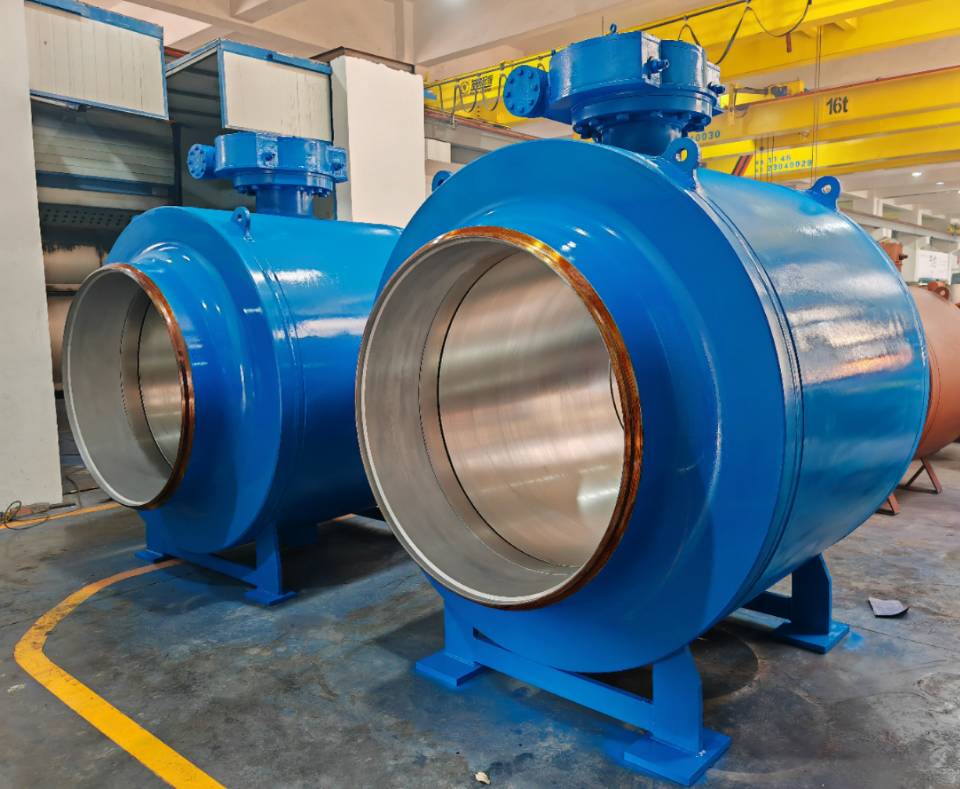35mm gate valve specifications and applications in various industries
Understanding the 35mm Gate Valve A Crucial Component in Fluid Control
Gate valves are essential components in various industrial applications, allowing for the efficient control of fluid flow. Among these, the 35mm gate valve holds particular significance due to its compact size and versatility. This article provides a comprehensive overview of the 35mm gate valve, exploring its design, functionality, applications, and benefits.
Design and Structure
The 35mm gate valve is typically designed with a simple yet effective mechanism. It consists of a valve body, a gate (or disk), a bonnet, and a handle or actuator. The valve body houses the fluid, while the gate is responsible for controlling the flow. When the valve is in the open position, the gate is elevated, allowing fluid to flow freely. Conversely, when closed, the gate seals against the valve seat, preventing any flow.
Made from durable materials such as brass, stainless steel, or ductile iron, the 35mm gate valve is engineered to withstand varying pressures and temperatures. Its compact 35mm size makes it ideal for applications where space is limited, yet it delivers reliable performance in controlling medium to high flow rates.
Functionality
The primary function of the 35mm gate valve is to provide a tight seal when closed and to allow for maximum flow when open. Unlike globe valves, which are designed for throttling, gate valves are better suited for on-off service. This characteristic is particularly beneficial in systems where fluid flow needs to be rapidly established or interrupted.
One of the notable features of the gate valve is its minimal pressure drop across the valve when fully open. This characteristic helps in maintaining the efficiency of the fluid transport system, reducing energy costs associated with pumping and extending the life of the equipment involved.
Applications
35mm gate valve

The 35mm gate valve finds use in a wide range of applications across different industries. In the water supply sector, it regulates the flow of water in pipelines and storage systems. In oil and gas, it controls the flow of crude oil and natural gas in pipelines and processing plants. Additionally, it's commonly employed in heating systems, chemical processing, and wastewater management.
Its versatility allows it to be utilized in residential plumbing systems as well, making it a popular choice among plumbers for controlling water flow in homes. Whether in a large industrial setup or a small residential application, the 35mm gate valve is a dependable choice.
Benefits
One of the key advantages of the 35mm gate valve is its reliability. With proper maintenance, these valves can last for many years without needing replacement. Their straightforward design simplifies installation and reduces the likelihood of mechanical failure.
Moreover, gate valves are maintenance-friendly. Most models are designed for easy disassembly, allowing for quick repairs or inspections without needing to remove the entire valve from the pipeline.
From an economic perspective, the initial investment in a 35mm gate valve is justified by its long lifespan and efficient operation, ultimately leading to lower operational costs over time.
Conclusion
The 35mm gate valve is a vital component in modern fluid control systems. Its robust design, efficient performance, and versatile applications make it an indispensable item for industries ranging from water supply to energy production. By understanding the functionality and benefits of the 35mm gate valve, operators can make informed decisions about their fluid control needs, ensuring safety and efficiency in their processes.
-
3-types-of-check-valves-maintenance-tipsNewsAug.23,2025
-
ball-valves-types-with-trunnion-mounted-designNewsAug.23,2025
-
butterfly-valve-company-production-capabilitiesNewsAug.23,2025
-
fisher-globe-valve-technical-specificationsNewsAug.23,2025
-
types-of-gaskets-for-flanges-selection-guideNewsAug.23,2025
-
wedge-gate-valve-suppliers-quality-standardsNewsAug.23,2025
-
Breakthrough in Domestic Low Temperature Valve Technology in ChinaNewsAug.18,2025




